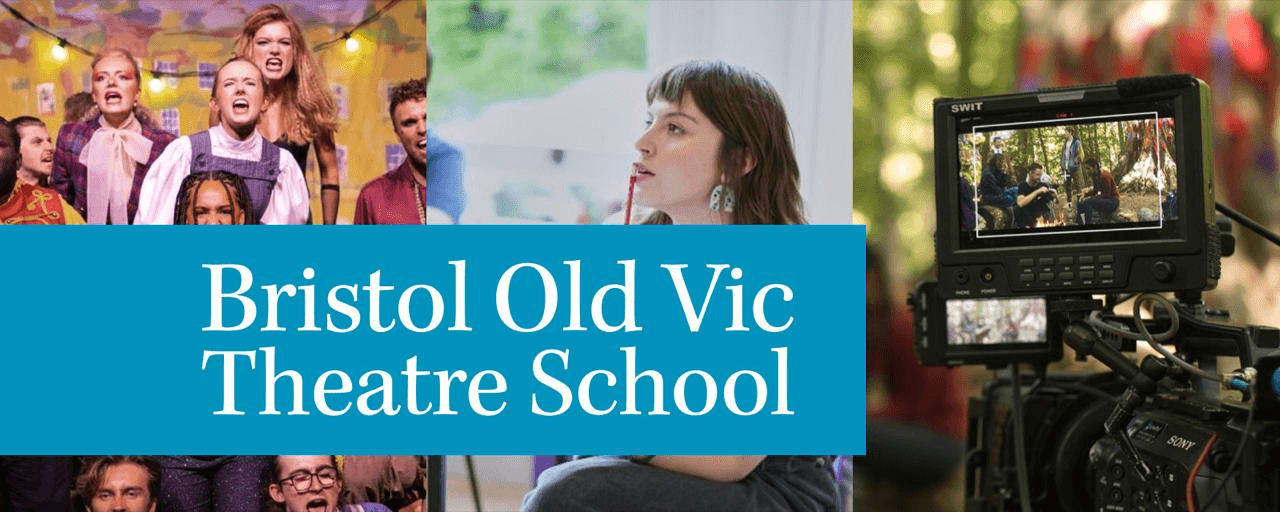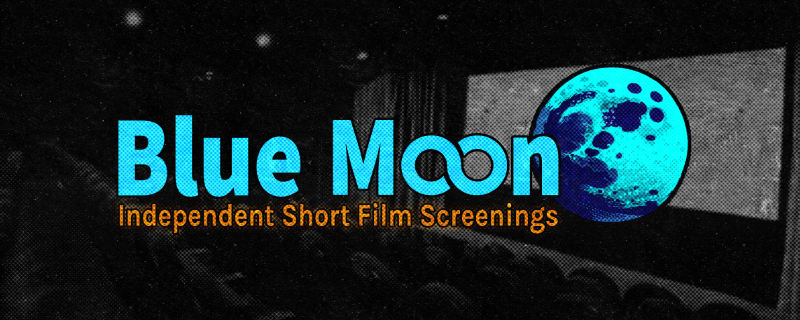

Long Distance Groove Buddies (Short film)
Short offbeat film about Kenny. He wants to go to space on a trolley
Kenny has big dreams and even bigger problems with his Dad. When he discovers a prop astronaut helmet thrown into the garbage, the D.V.D screen saver logo hits the corner in Kenny’s brain and he attempts to build a make-shift rocket to leave this planet. One day he meets a local convenience store worker, Nathaniel Asa, on his break. Misreading his name badge, Kenny thinks he works for Nasa (Kenny reads N. Asa) and tries to employ him to help him on his project.
Production Designer / Art Director
Production Designers are major heads of department on film crews, and are responsible for the entire art department. They play a crucial role in helping directors to achieve the film's visual requirements, and in providing producers with carefully calculated schedules which offer viable ways of making films within agreed budgets and specified periods of time. Filming locations may range from an orderly Victorian parlor, to a late-night café, to the interior of an alien spaceship. The look of a set or location is vital in drawing the audience into the story, and is an essential element in making a film convincing and evocative. A great deal of work and imagination goes into constructing an appropriate backdrop to any story, and into selecting or constructing appropriate locations and/or sets.
Directors of photography and Production Designers are largely responsible for informing and realizing the director's vision. Production Designers begin work at the very early stages of pre-production and are requested by the director and/or producer. They work on a freelance basis, and may have to prepare detailed drawings and specifications in order to pitch for work on a number of productions before they are offered work on one of them. Although the work can be very demanding and the hours long, this is one of the most highly skilled, creatively fulfilling roles within the film industry.
What is the Production Designer job?
Production Designers may be asked to look at scripts before a director is approached, to provide estimates of the projected art department spend on films. When Production Designers first read a screenplay, they assess the visual qualities that will help to create atmosphere and bring the story to life.
After preparing a careful breakdown of the script, they meet with the director to discuss how best to shoot the film, e.g. to decide: whether to use sets and/or locations; what should be built and what should be adapted; whether there is a visual theme that recurs throughout the film; whether there are certain design elements that may give an emotional or psychological depth to the film; whether CGI (computer generated imagery) should be used. Production Designers must calculate the budgets, and decide how the money and effort will be spent. These discussions are followed by an intense period of research during which Production Designers and their specialist researchers source ideas from books, photographs, paintings, the Internet, etc.
Production Designers deliver their design sketches (detailing mood, atmosphere, lighting, composition, color and texture) to art directors who oversee the production of technical drawings and models, which are used by the construction department to build the sets and to adapt locations. Props buyers and set decorators liaise closely, sourcing props and organizing the manufacture of specialized items. As the start of shooting approaches, Production Designers manage a large number of individuals, prioritizing the work schedule and carefully monitoring the budget. When shooting starts, they are usually on set early each morning to view each new setup with the director, director of photography and standby art director, responding to any requests or queries. Subsequently, in the art department office Production Designers check on the construction and dressing of other sets, and sign off on sets/locations for the following day's shoot. Although Production Designers usually finish work on the last day of principal photography, on larger films they may be involved for longer periods.
Express Interest




